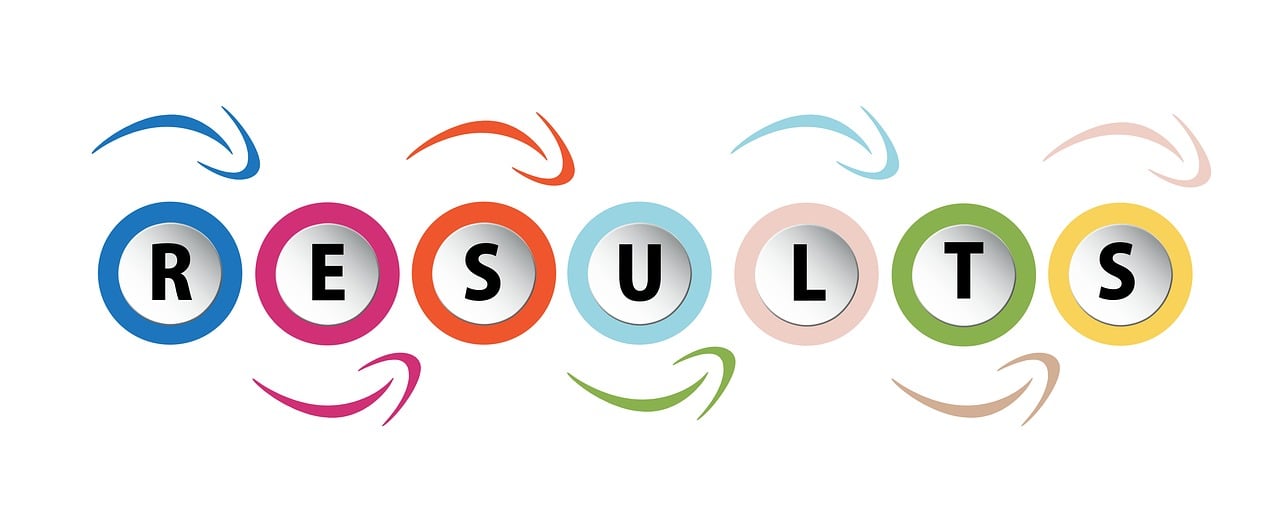Entrepreneurship often blurs the lines between professional commitments and personal life, demanding an intricate dance to sustain both realms effectively. The dynamic nature of running a business, especially in 2025, presents unique challenges such as perpetual connectivity, evolving market demands, and the necessity for constant innovation. These factors frequently extend work hours and increase stress, risking burnout and reduced creativity. Nonetheless, attaining a healthy work-life balance is not just desirable but imperative. It fosters resilience, fuels productivity, and nurtures mental well-being. This article unpacks the multifaceted approaches entrepreneurs can deploy to craft harmony amid the chaos. From leveraging cutting-edge tools like Trello and Slack to establishing unyielding boundaries, and from mastering delegation to prioritizing self-care—all these strategies contribute to thriving both in business and life. As we explore, you’ll find actionable methods enriched with examples and expert insights to tailor your own balanced entrepreneurial journey.
Defining Work-Life Balance: Essential Foundation for Entrepreneurs
Work-life balance embodies a sustainable distribution of time and energy between professional obligations and personal pursuits. For entrepreneurs, understanding this concept is foundational to long-term success and well-being. Unlike traditional employees, entrepreneurs juggle roles ranging from visionary to executor, making the balance more fluid yet crucial.
At its core, work-life balance involves recognizing limits and actively structuring your day to respect them. This means lessening erosion of personal time by work activities, reducing stress, and fostering a sense of fulfillment beyond business. Take the example of Maya, who launched her startup in 2024. Initially consumed by back-to-back meetings and product development, Maya faced burnout by mid-year. Through recalibrating her routine and using productivity tools like Asana and Notion, she segmented her tasks and enforced clear working hours, blowing fresh air into her personal life and creativity.
Key Components of Work-Life Equilibrium
- Time Management: Allocating specific blocks for work and personal activities.
- Boundary Setting: Physically and mentally separating work and home.
- Energy Distribution: Focusing on tasks that maximize impact while preserving mental reserves.
- Emotional Health: Incorporating practices like mindfulness to reduce stress.
- Ethical Delegation: Entrusting responsibilities to capable teammates.
Incorporating these elements creates a scaffold upon which entrepreneurs can build routines that promote wellness and sustainable productivity. This approach aligns perfectly with insights shared in resources such as The Successful Founder’s guide on work-life balance.
| Aspect | Entrepreneurial Challenge | Balanced Approach |
|---|---|---|
| Time | Unpredictable schedules, long hours | Set fixed work hours; use tools like Trello to plan tasks |
| Energy | Burnout due to nonstop effort | Incorporate breaks; use RescueTime to monitor activity |
| Focus | Distractions from multitasking | Use Forest app to maintain concentration; prioritize tasks |
| Emotions | Stress and anxiety from constant pressure | Adopt mindfulness tools like Headspace and Calm |

Practical Boundaries and Time Management Techniques to Enhance Daily Balance
Establishing firm boundaries is a cornerstone for any entrepreneur striving for a healthy work-life interface. The challenge lies in convincing oneself and others that work will cease after a set time. Such habits require consistency and support from family, clients, and partners alike.
Business leader Jason implemented a strict 9-to-5 window with no work communications outside this timeframe. He designated a workspace separate from his living areas, which psychologically helped toggle between roles. Tools like Slack facilitate team communication but can encourage after-hours work. Thus, muting notifications after hours or using features that schedule message sends can guard personal time effectively.
Top Time Management Strategies for Entrepreneurs
- Eisenhower Matrix Application: Prioritize tasks into urgent-important quadrants to reduce overwhelm.
- Pomodoro Technique: Work in focused 25-minute intervals followed by breaks, using timers or apps.
- Calendar Blocking: Schedule work tasks and personal activities alike within digital calendars like Google Calendar synchronized with tools such as Monday.com.
- Task Batching: Group similar activities to improve efficiency and reduce cognitive load.
- Use of Automation: Utilize Zapier or Fathom to automate repetitive workflows, freeing up time.
Jason’s use of Trello boards allowed visual tracking of task progress, which hooked his team into accountability while preserving his own free time. He arranged video conferencing only during core hours, avoiding the temptation to handle meetings during personal downtime.
| Technique | Function | Benefit |
|---|---|---|
| Calendar Blocking | Scheduling tasks and breaks in fixed time slots | Prevents task overflow; promotes balanced daily routine |
| Task Batching | Grouping similar work tasks | Increases focus; reduces task-switching fatigue |
| Pomodoro Technique | Focused work intervals with breaks | Enhances concentration; prevents burnout |
| Automation Tools | Automates routine tasks | Frees time for strategic work and relaxation |
Delegation and Outsourcing: Unlocking Time for Core Priorities
Entrepreneurs often wear too many hats, which can narrow focus from critical strategic initiatives to mundane operational tasks. Delegation, when properly executed, allows business owners to reclaim time and stress levels, directing energy where it matters most.
Consider Mia, who runs a digital marketing agency. Initially responsible for all client communication and content creation, her plate was overflowing. By delegating client onboarding and administrative duties to a virtual assistant and outsourcing graphic design, she freed significant time to concentrate on growth strategy and innovation. This shift not only improved her personal life but accelerated business success.
Delegation Best Practices for Entrepreneurs
- Identify Delegable Tasks: List repetitive or routine jobs suitable for others.
- Choose Reliable Team Members or Freelancers: Platforms like Upwork provide skilled professionals for short-term outsourcing.
- Clear Instructions and Expectations: Communicate detailed goals and deadlines; use Trello or Asana for task tracking.
- Follow-up Mechanisms: Regular check-ins to ensure quality and provide feedback.
- Accept Imperfections: Allow space for learning; avoid micromanagement.
This approach aligns with recommendations found in CapForge’s guide to managing work-life balance, emphasizing trust in team capabilities over perfectionism.
| Delegation Aspect | Why It Matters | Tool Support |
|---|---|---|
| Task Identification | Focus on what needs entrepreneur’s input | Notion task lists, Asana projects |
| Communication | Ensures clarity and avoids confusion | Slack channels, Trello boards |
| Monitoring | Keeps quality on track | Weekly video calls, Fathom meeting transcription |

Self-Care and Mindfulness Practices to Sustain Entrepreneurial Energy
Entrepreneurship’s relentless pace can drain motivation and creativity if not balanced with deliberate self-care. Incorporating mindfulness and health practices directly enhances productivity and emotional resilience.
One breakthrough for entrepreneur Lena was integrating meditation apps like Headspace and Calm into her morning routine. These sessions reduced her stress and sharpened focus throughout the day. Additionally, using Forest helped her maintain concentration by turning focus into an engaging game, rewarding undistracted time.
Effective Self-Care Habits and Mindfulness Strategies
- Consistent Sleep Schedule: Prioritize 7-8 hours nightly to restore cognitive function.
- Regular Physical Activity: Incorporate walking, yoga, or gym sessions.
- Mindful Practices: Use meditation apps (Headspace, Calm) to reduce mental clutter.
- Scheduled Breaks: Work using the Pomodoro Technique supported by RescueTime insights.
- Hobbies and Leisure: Prioritize non-work pursuits for creativity and balance.
Research in 2025 shows that entrepreneurs who practice mindfulness report a 30% reduction in stress and a 25% increase in creative output. More importantly, these habits create a buffer against burnout and promote longevity in entrepreneurship.
| Self-Care Practice | Tool or Method | Impact |
|---|---|---|
| Meditation | Apps like Headspace, Calm | Reduces stress, enhances focus |
| Focus Maintenance | Forest app | Improves concentration during work blocks |
| Productivity Monitoring | RescueTime software | Provides insights to optimize workflow |
Building Support Systems and Planning Personal Time for Sustainable Success
Successful entrepreneurs often highlight the invisible scaffold: strong support networks and deliberate personal time planning. These elements serve as antidotes to the isolation and overwhelm that entrepreneurship can engender.
Marcus, founder of a tech startup, credits weekly coaching sessions and a circle of peer entrepreneurs for helping him stay grounded. Simultaneously, scheduling regular vacations, hobby time, and meaningful moments with family replenishes his energy.
Guidelines for Cultivating Effective Support and Leisure Structures
- Mentorship and Coaching: Engage with experienced guides who provide perspective and advice.
- Peer Networks: Join groups for shared learning and emotional support.
- Family and Friends: Cultivate strong personal connections outside of work.
- Personal Time Scheduling: Treat vacations, hobbies, and relaxation as sacred appointments.
- Periodic Reflection: Regularly reassess work-life harmony and adjust as necessary.
This comprehensive approach aligns with strategies detailed in resources like Inspire Culture’s guide to entrepreneur balance and Forbes insights.
| Support Element | Benefit | Example |
|---|---|---|
| Mentorship | Improves decision-making and confidence | Weekly one-on-one coaching calls |
| Peer Network | Provides emotional backup and resource sharing | Monthly mastermind groups |
| Personal Time | Prevents burnout and improves life satisfaction | Annual vacations, weekly hobby time |

Auto-évaluation de l’équilibre vie professionnelle / vie privée pour entrepreneurs
Frequently Asked Questions About Work-Life Balance for Entrepreneurs
How can I handle work intruding into personal time?
Establish explicit work hours and communicate these to your team and clients. Use tools like Slack’s Do Not Disturb mode to shut off notifications, and designate a dedicated workspace to mentally separate work from home life.
What tools help improve work-life balance?
Popular tools include Trello and Asana for task management, Headspace and Calm for mindfulness, RescueTime for productivity insights, and Forest for focus maintenance.
Is delegating really effective in reducing stress?
Yes, delegating routine or specialized tasks allows you to focus on core activities and lowers the risk of burnout. Clear communication and trust in your team are key to successful delegation.
How important is self-care in maintaining balance?
Self-care is vital. Regular exercise, good sleep, meditation, and hobbies contribute significantly to mental and physical health, helping sustain entrepreneurial energy and focus.
How do I maintain balance when growing my business rapidly?
Prioritize tasks, delegate effectively, and schedule personal time proactively. Use technology to automate routine processes and maintain frequent reflections on your work-life boundaries to adapt as needed.


